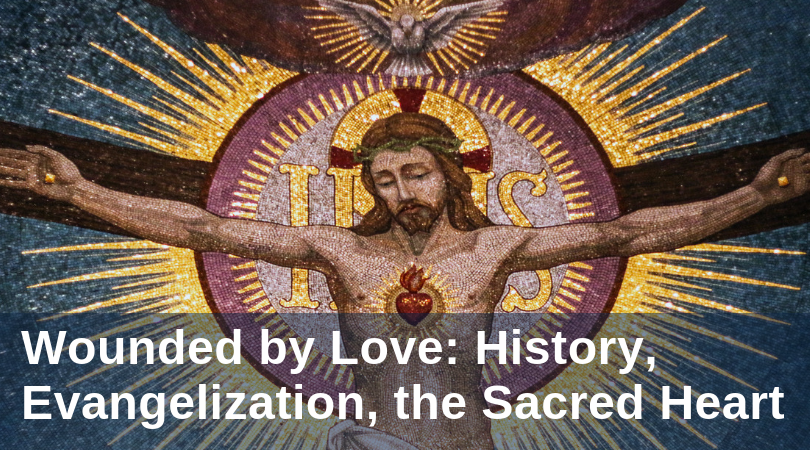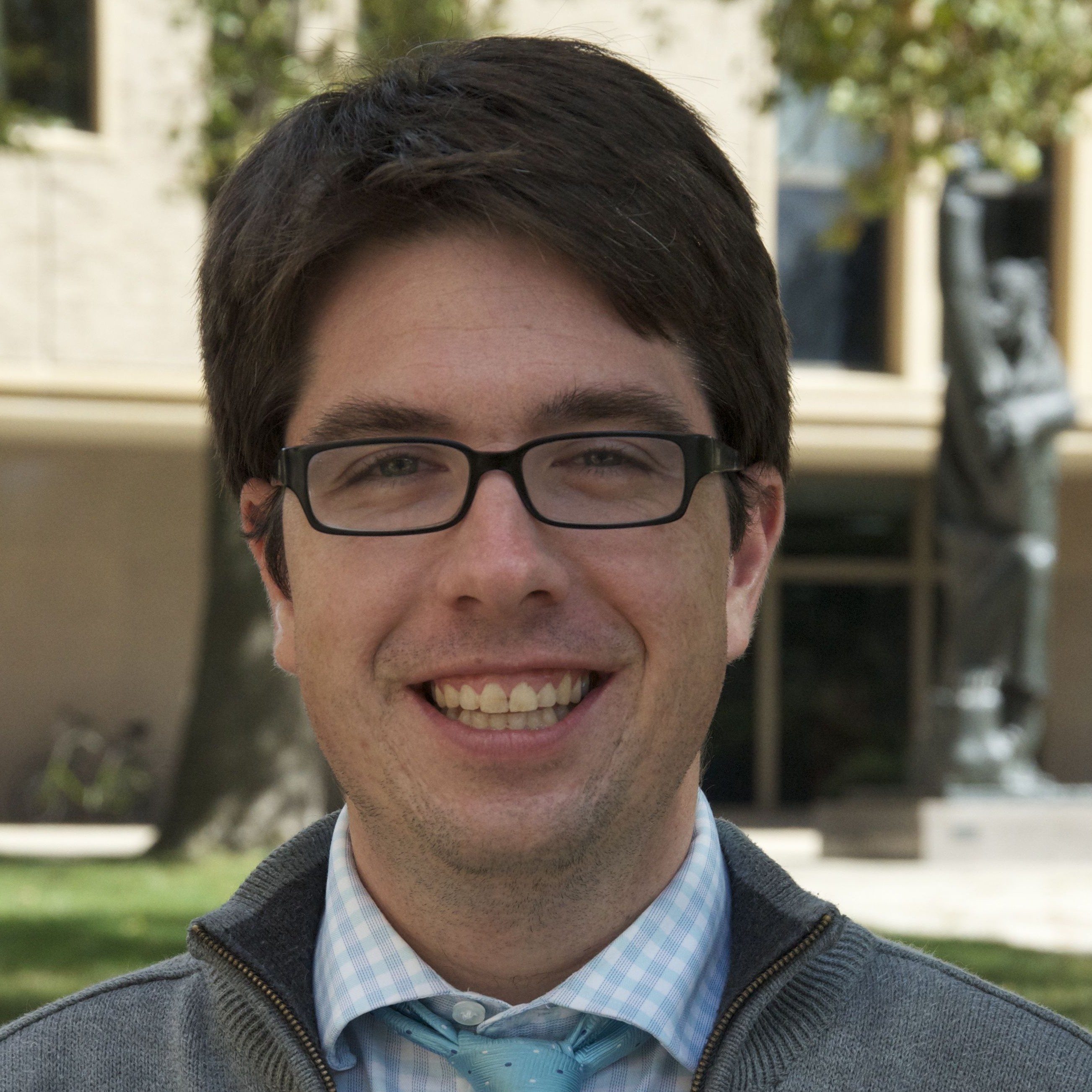
Followers of the University of Notre Dame’s athletic programs are well aware of the Irish heritage of Notre Dame’s student body. But many of these same followers may be surprised to discover the French roots of Notre Dame.
The religious order of the Congregation of Holy Cross was founded in a French town, LeMans, in 1837 by Blessed Basil Moreau. The Congregation was formed to respond to the urgent needs for Catholic education following the French Revolution. Catholicism, once integrated into French society, was now viewed suspiciously by the Republic.
The Congregation quickly produced missionaries, sending them around the world. In 1841, Blessed Basil Moreau sent a group of French missionary priests and brothers to South Bend, Indiana to found the University of Notre Dame.
If the football stadium testifies to the Catholic immigrant experience in the United States, it is the Basilica of the Sacred Heart that serves as a memorial to the French roots of Notre Dame. Consecrated in 1888, the Basilica’s windows were designed by French Carmelite nuns in LeMans, France. Some of these windows portray the Sacred Heart of Jesus and the Immaculate Heart of Mary. In the Lady Chapel in the apse of the Basilica, there are a series of windows showing the visions of the Sacred Heart of Jesus experienced by St. Margaret Mary Alacoque (1647–1690), whose feast the Church celebrates today.
The Sacred Heart of Jesus had been part of the spiritual life of St. Francis de Sales, St. Jane Frances de Chantal, and St. John Eudes. In the wounded heart of Jesus, the Christian discovers an image of divine love, the God-man wounded by the darkness of the world. The Sacred Heart of Jesus is an image of the total love of God, an incarnate love that forever changed human history.
St. Margaret Mary Alacoque received in her visions a series of requests. Some of these are still known and practiced today, such as the reception of Holy Communion on the first Friday of each month, as well as spending an hour before the Blessed Sacrament. Others are less well-known, including the consecration of France to the Sacred Heart of Jesus, as well as the construction of a national chapel in honor of this devotion.
The cult of the Sacred Heart was linked closely to an understanding of French identity as Catholic. During plagues, the French would process with an image of the Sacred Heart, asking God to rescue them from death. During the Revolution, those French who were wary of the religious reforms enacted by the Republic wore images of the Sacred Heart around their necks. Those who advocated for a post-religious society in France mocked the Sacred Heart of Jesus because it was too material, too bloody, too superstitious. If there was to be a religion, it should deal with ethics, with “doing good,” with the French nation itself.
Naturally, the Congregation of Holy Cross, formed in this national cult of France, would name their church at the University of Notre Dame after the Sacred Heart.
And this is good news for us today! The Sacred Heart of Jesus is not just a pious feast for those who still like such things. Instead, it is a living icon of God’s involvement in human history. Through Jesus Christ, God has become immersed in the sufferings and joys of the human condition.
This divine involvement, therefore, is not reducible to Sunday worship alone. Catholicism is a public religion that seeks to bring divine mercy to all humanity at every moment in every place and circumstance. For this reason, it is through our devotion to the Sacred Heart of Jesus that we cry out for the nation-state to recognize the dignity of the unborn child, the migrant, and men and women on death row.
God has a heart. It’s the Church’s mission to become this living, bleeding heart of mercy for the world.
Featured image: Fr. Lawrence Lew, O.P.; CC-BY-NC-ND-2.0.


